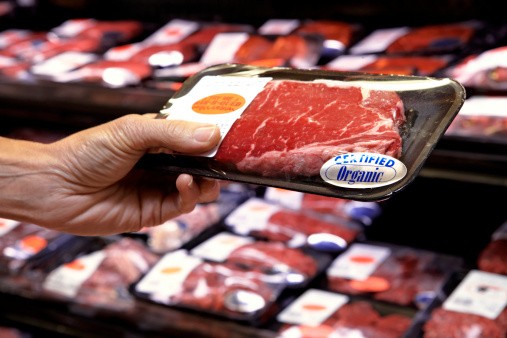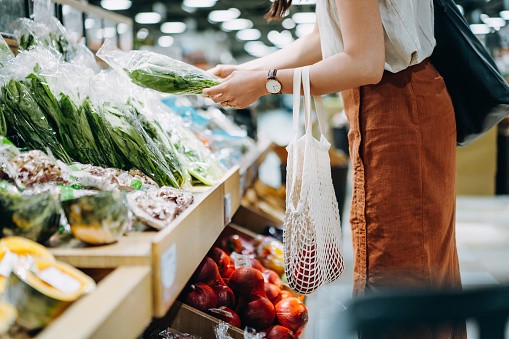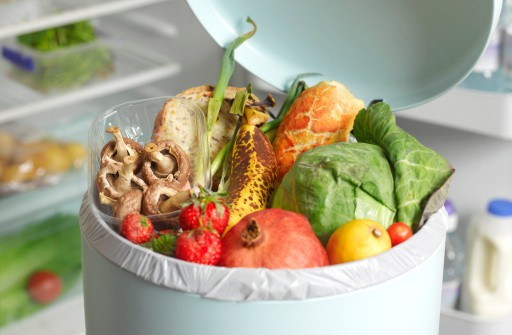Food waste is a massive problem all over the world. But perhaps with this technology, it doesn't have to be.
A team of scientists from the University of New South Wales in Australia claims to be developing sensors that could, at any time, visually indicate the freshness of food, reports BBC.

All people have to do is look at the color of the sensors on the food packaging. The system they developed seems simple to understand:
Blue means the food is fresh
Purple means you need to eat it soon
Red means it's already gone bad
The scientists are saying that the thin film sensors they developed could be an excellent replacement for current food freshness indicators, like the "best before" markings on the packaging.
To achieve the feat, the scientists designed the sensors to be highly reactive to the chemical and biological reactions emitted by the food over time.
They cited spoiled milk, which has a higher lactic acid compared to when it is fresh. The sensors they developed will be able to detect this chemical change and thus change to the appropriate color--for this instance, it will be red.
Aside from the sensors, however, the UNSW scientists are also employing specially designed QR codes. These codes will contain important information, including the batch of the food product, where it is made, and even its nutritional data.
The sensors were developed over a five-year period and don't cost much, at around AU $0.10 ($0.074 US) each as of this writing. With a price tag like this, there could be a great chance of them being widely implemented all over the world in the near future as a way of combating food wastage.
Not A New tech
Imagine the convenience of being able to tell if your food is fresh just by checking the color on the packaging.
There's much less of a chance that you'd mistakenly eat it (and get food poisoning in the process), and you can time your consumption well, so it doesn't sit long enough in storage to get spoiled.

But these sensors are not exactly the first ones of their kind. Back in 2019, researchers from the UK also developed their own version of the freshness sensors, as written on ScienceDaily.
Unlike their newer Australian counterparts, however, you'll have to scan the sensors using a smartphone to determine if the food is safe to eat.
There was also one created in 2015 called "Nima," but the food sensor was far more expensive at $250 for every device.
A Definitive End To Food Poisoning And Wastage?
"Definitive end" might be a strong term, but it could theoretically reduce the amount of food wasted every year (and drive cases of food poisoning down).
Data from the United Nations Environment Program (UNEP) reveals that roughly 1.3 billion tons of food go to waste all over the world. And in the US alone, 30 percent of all food is thrown away.

Food poisoning is also linked to this, with about 1 in 6 Americans getting sick or hospitalized for foodborne illnesses, reports the CDC.
The release of the super-cheap food freshness sensors could be of great help to the world as a whole.
Related Article : Diet Habits Can Weaken Immune System-Here Are Food Tracking Apps to Help You Stay Healthy
This article is owned by Tech Times
Written by RJ Pierce
ⓒ 2025 TECHTIMES.com All rights reserved. Do not reproduce without permission.




